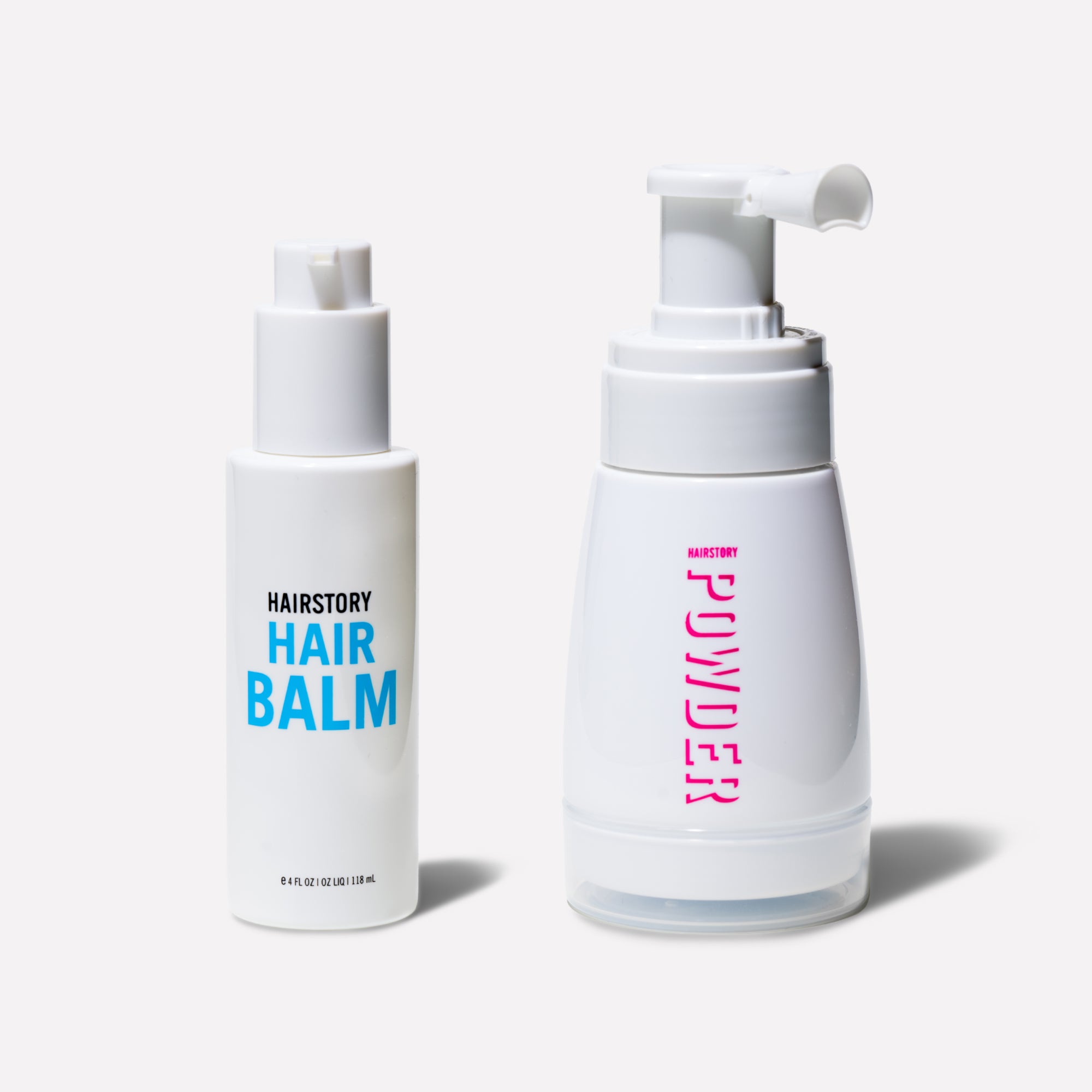We go through approximately 16 bottles of shampoo & conditioner every year.
These plastic bottles are used once and then discarded, often thrown in the trash instead of the recycling can. Why? Well, many of the plastic bottles that hold shampoo and conditioner are only partially or totally unrecyclable. But when they are recyclable, we often throw them away in the most convenient place – the bathroom garbage can.
In fact, we only recycle 9% of our plastic! That’s right, nine percent. But we do put more than that in our recycling bins. What happens to those plastics? Shockingly, 70% of the plastic that’s collected for recycling is never actually recycled. So, out of the 91% of plastic that’s thrown away, about 12% is incinerated, and 79% is tossed into landfills or the natural environment.
Clearly, it’s time for a change. Instead of trying to figure out how we can make sure more plastic is recycled, we can begin to reduce or eliminate the need for it. There are easy ways to do just that, such as switching to reusable, refillable shampoo bottles.
WHY ARE PLASTIC SHAMPOO BOTTLES SO BAD?
After a plastic product has been used and tossed into a landfill, it’ll continue to do damage.
The plastic that’s sitting in our landfills can take up to 1,000 years to decompose, and in the process, it’s leaking toxic chemicals into the atmosphere, soil, waterways, and ocean.
In other words, our plastic shampoo and conditioner bottles are doing tremendous harm to us, other living beings on land and in the water, and to our environment.
In addition, the majority of the plastic that’s ever been made is still very slowly decaying. It’s estimated that about 6.3 billion metric tons of plastic have been thrown away since 1950. Of that amount, about 4.9 billion metric tons are still in landfills or throughout our environment. It’s estimated that if the trend continues, by 2050 there will be about 12 billion metric tons of plastic waste in landfills or in the natural environment, and there will be more plastic, by weight, in our oceans than fish. Additionally, most of this discarded waste has caused $2.2 trillion a year worth of environmental and social damage.
But, it’s not only the after-life of single-use plastic that’s concerning to environmentalists, it’s also the production. About 300 million tons of plastic are produced each year. The production alone causes damage to ourselves, wildlife, marine life, and the environment. Plastic is made from oil or natural gas, also called fossil fuels. Once it’s removed from the earth, it must be refined. Both the removal and the refining can release toxic chemicals, polluting the air, water, soil, etc.
Now you know the effects of plastic on the environment but have you ever wondered how shampoo impacts the environment? Unfortunately, some ingredients in shampoo can be unsafe, not only for you but also for the earth.
WHY SHOULD YOU REFILL SHAMPOO BOTTLES?
Made out of aluminum, reusable shampoo bottles do much less harm to ourselves, other living beings, and the environment. There are many benefits of using refillable shampoo bottles and we’ll break down a few of them for you here.
Admittedly, producing aluminum isn’t that much more eco-friendly than producing plastic. Aluminum is made by extracting refining mined bauxite ore – an expensive and energy-consuming practice. But, aluminum bottles can act as a dispenser that can be filled and refilled over and over again without losing their shape.
It’s not only that aluminum bottles can be used multiple times; aluminum’s after-life is exponentially better than a plastic bottle. When an aluminum product is finished, it can be recycled repeatedly without losing any volume or quality during the recycling process. So if 100% of the aluminum that was recycled is still there, then that shampoo or conditioner bottle can once again be turned into a reusable bottle without needing any new material. Aluminum is one of the world’s most recycled materials, and, even better, recycling it takes 90% less energy than it would to make it from scratch.
As an added bonus, it’s usually cheaper. Companies can use less plastic to make containers that hold the reusable shampoo or conditioner because these containers won’t need to be as hard and durable as a container that must withstand daily water pressure and incorporate an easy-to-pour design. The savings of using less plastic are then passed on to you, the consumer.
THE PROBLEM WITH REFILLABLE SHAMPOO BOTTLES
Sounds great, right? So why are there problems?
Currently, the two major problems with refillable bottles are price and where/how to refill them. The majority of refills are available at refill stations, which aren’t always convenient for people. In fact, refill stations aren’t even available in most towns – they’re typically found in big cities. And, the brands that offer a refill station are usually selling high-end products found in luxury department stores, something that isn’t affordable to everyone.
Between the lack of convenience and a high price point, using refillable bottles is simply out of reach for many people. Instead, many choose to buy in bulk, reducing the amount of waste as best they can.
HOW CAN YOU REFILL A SHAMPOO BOTTLE?
Currently, one of the best ways to refill shampoo and conditioner bottles, regardless of where you live, is to order refills online and have them delivered to your home. You can order refillable shampoo containers online through a variety of sites. We sell our 20 oz. aluminum canisters for $10 each.
When looking for refillable shampoo and conditioner containers, don’t forget to do the math. Add up the product and shipping costs as well as how frequently you’ll need to order to determine if the price is actually affordable. For example, with our Refill Club, in addition to receiving the refillable shampoo canister for free, you’ll save up to 15% on refill pouches. The club allows you to decide how often you’d like to receive a 20-oz or 32-oz refill pouch, and they’re automatically sent to your home with free shipping.
OTHER WAYS TO SAVE THE ENVIRONMENT WHILE CLEANING YOUR HAIR
If you’re looking to refill shampoo bottles because of the environmental impact, odds are you’ll find the brands that sell these products are eco-conscious in other ways. Some may contribute to environmental organizations like 1% for the Planet, where, like us, they donate a meaningful share of their sales to water-focused sustainability non-profits.
Other companies may choose to reduce their global footprint by sourcing the most environmentally-friendly packaging available for their refill containers. Currently, our refills come in pouches that use 69% less plastic, energy, and water to produce than bottles. Members of our Refill Club use 91% less plastic and 82% less CO2 to wash and condition their hair.
As an additional benefit to you and the environment, you’ll also find companies who exclude unpronounceable, harmful chemicals. If you’re washing and rinsing your hair with parabens, fragrances, synthetic colors, sulfates, and other dangerous chemicals, they’re sent down your drain and out into the water supply. They’ll end up in a variety of environments, including wastewater, surface water, sediment, groundwater, and drinking water. But many companies that sell shampoo and conditioner in reusable bottles use all-natural ingredients in their products. Look for those that are made with essential oils and natural minerals, as well as ones that are biodegradable, like our New Wash.
Look for other ways to ditch the plastic and use refillable aluminium bottles for things like a soap dispenser, cleaning product, or body wash.
Whatever additional benefits you may find, we applaud all individuals and companies who share our passion for the environment and take meaningful steps to improve their carbon footprint.















































